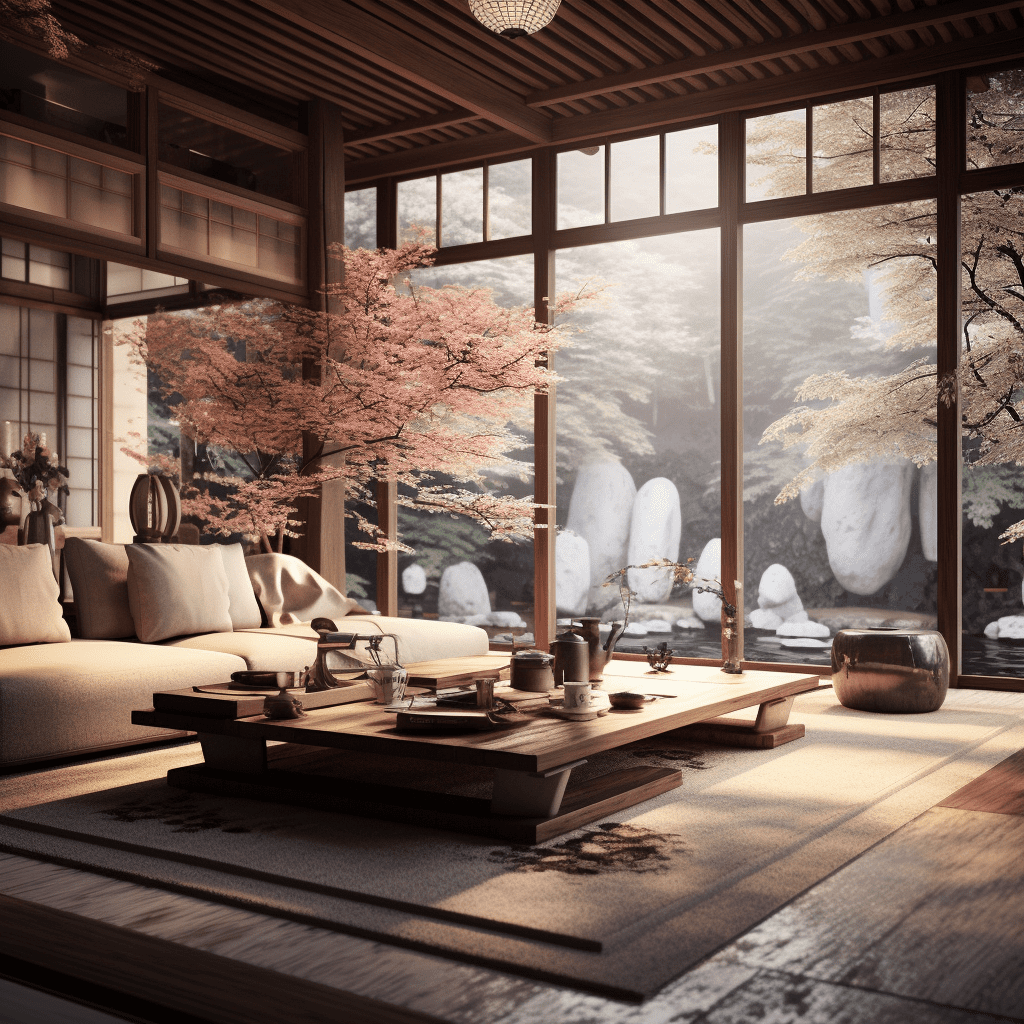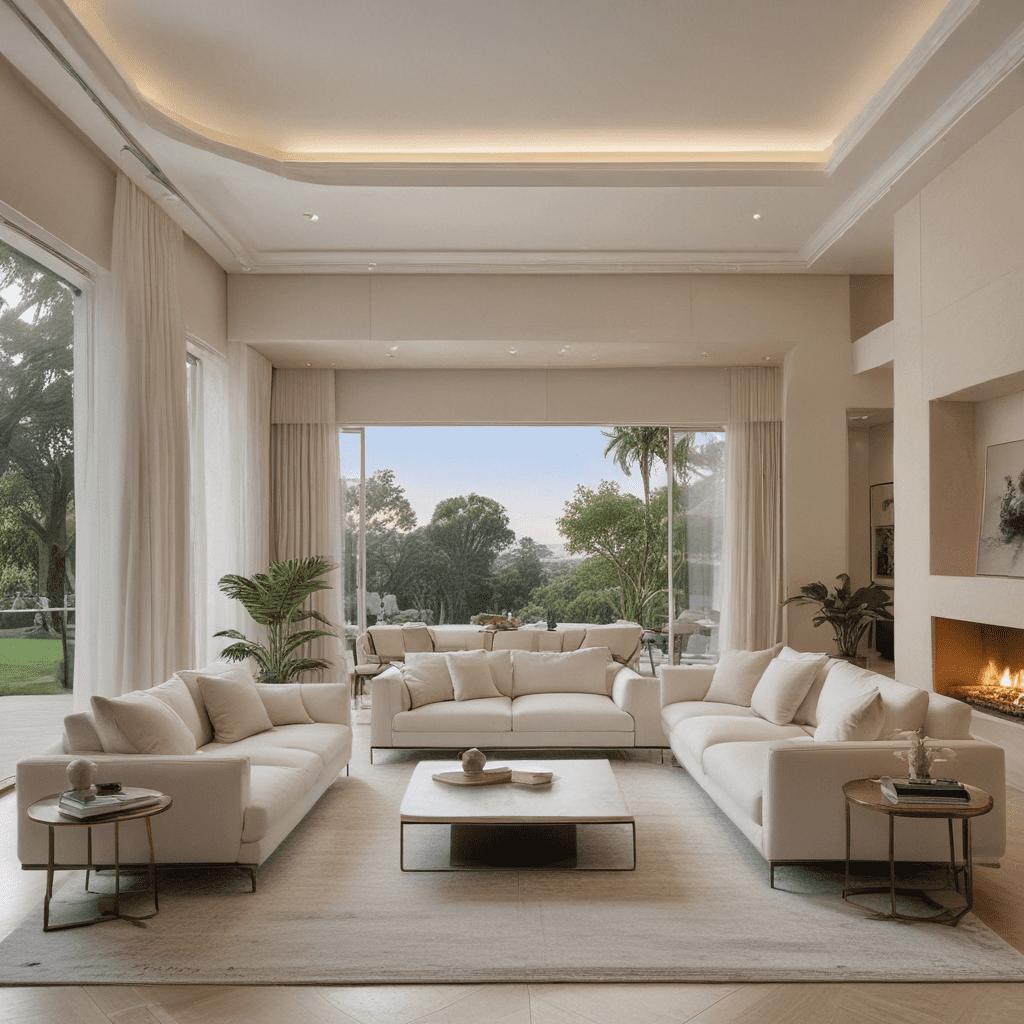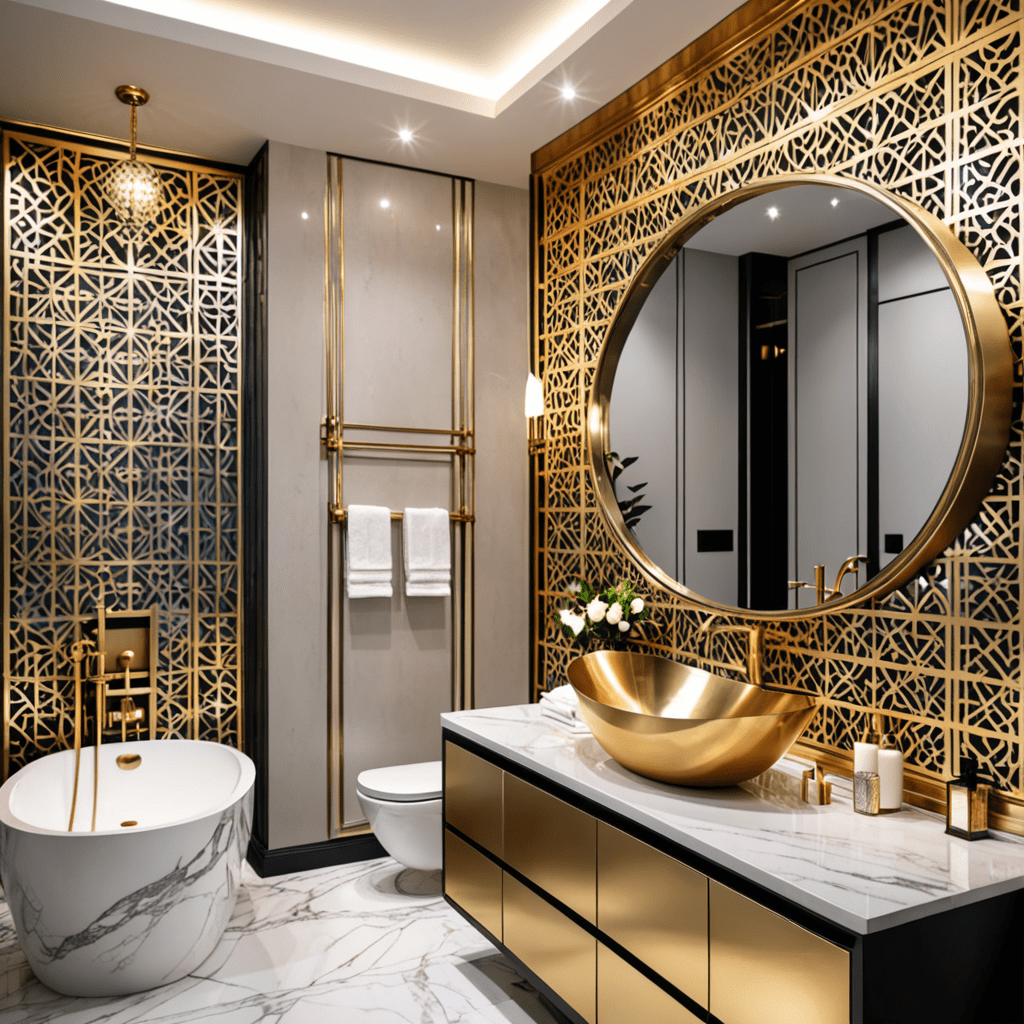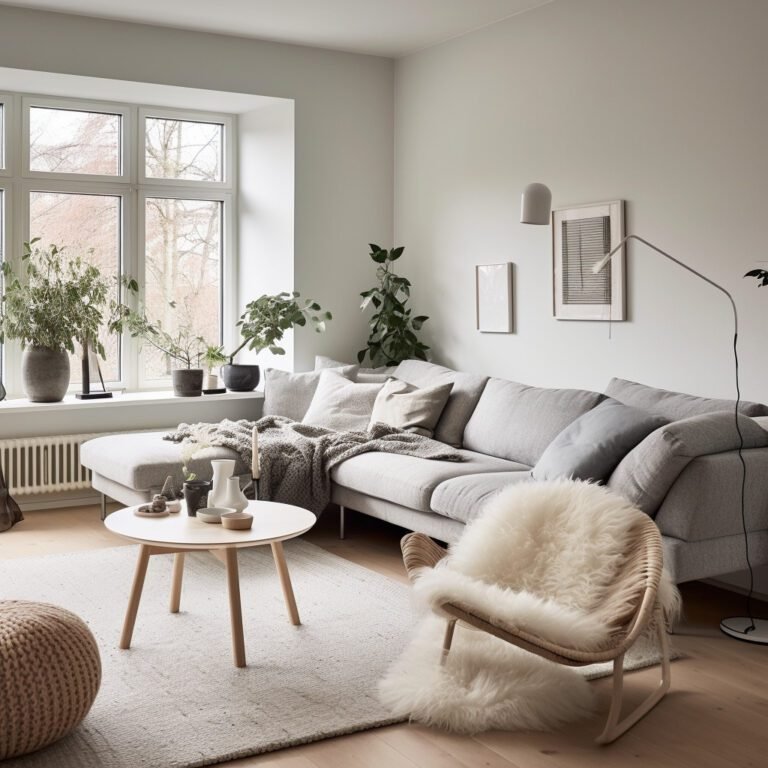Creating an Interior Space in Japanese Style


The Timeless Beauty of Japanese Style Interior Design
The Japanese culture is known for its minimalism, simplicity, and harmony with nature. This aesthetic is beautifully reflected in their interior design style, which has gained popularity worldwide. Japanese style interior design embraces clean lines, natural materials, and an overall sense of tranquility. In this article, we will dive into the key elements of Japanese style interior design and how you can incorporate them into your own home.
Zen and Simplicity: The Core Principles
At the heart of Japanese style interior design is the concept of Zen, which is the practice of living in the present moment and finding inner peace. This principle is reflected in the simplicity and minimalism evident in Japanese homes. Clean lines, uncluttered spaces, and a focus on natural light are key elements of this style.
Natural Materials: Bringing the Outdoors In
Japanese style interior design celebrates the beauty of nature by incorporating natural materials into every aspect of the space. Wood is a dominant material used in Japanese homes, ranging from light-colored bamboo to dark-toned cedar. Additionally, you will find elements such as tatami mats made from rush grass or straw, and stone accents that bring a sense of earthiness.
Colors: A Harmony of Neutrals
The color palette in Japanese style interior design tends to be neutral and soothing, creating a calming atmosphere. Predominantly, you will find shades of white, beige, and gray, which are often combined with accents of black. The goal is to create a space that feels open and airy, allowing the mind to relax.
Minimalistic Furniture: Focus on Functionality
Japanese furnishings are characterized by their simplicity and functionality. The furniture is typically low to the ground, representing a connection with the earth. Common pieces include low tables, floor cushions, and sliding doors. The idea is to create an open space that encourages versatility and ease of movement.
Shoji Screens: Elegant and Versatile Room Dividers
Shoji screens are a distinctive feature of Japanese style interior design. These delicate, wooden screens are made with translucent paper, allowing soft light to filter through. Shoji screens serve as both decorative elements and practical room dividers, adding a touch of elegance to any space.
FAQ: Embracing Japanese Style Interior Design
Q: Can I incorporate Japanese style interior design with my existing furniture?
A: Absolutely! Japanese style interior design can be adapted to any space and can be seamlessly integrated with existing furniture. The key is to focus on incorporating the core principles of simplicity, natural elements, and an uncluttered space.
Q: Can I use color in Japanese style interior design?
A: While the color palette in Japanese style interior design tends to be neutral, this doesn’t mean that you can’t incorporate color. Accents of color, such as earthy tones or muted pastels, can be introduced through textiles, art pieces, or decorative items.
Q: Is Japanese style interior design suitable for small spaces?
A: Yes, Japanese style interior design is a great choice for small spaces. The minimalist approach and focus on functionality make it perfect for optimizing limited square footage. The use of shoji screens or sliding doors can create the illusion of separate areas, making the space feel more open and inviting.
Q: How can I add a sense of tranquility to my home using Japanese style interior design?
A: To create a tranquil atmosphere, prioritize natural light by ensuring unobstructed windows and using light-colored furnishings. Incorporate elements of nature, such as indoor plants or a small water feature. Lastly, declutter your space and embrace minimalism to create a calm, serene environment.
Q: Are there any specific decorative elements that are commonly used in Japanese style interior design?
A: Yes, there are several decorative elements that are often found in Japanese style interior design. These include bonsai trees, traditional Japanese artwork like calligraphy or woodblock prints, woven baskets, and ceramic pottery. These pieces add a touch of authenticity and cultural significance to the space.
Q: Can I combine Japanese style interior design with other design styles?
A: Absolutely! Japanese style interior design can be combined with other design styles to create a unique and personalized space. For example, elements of Scandinavian design or modern minimalism can complement Japanese style beautifully, creating a space that is both functional and aesthetically pleasing.
In conclusion, Japanese style interior design offers a timeless and elegant aesthetic that promotes tranquility and harmony. By incorporating minimalism, natural materials, and a soothing color palette, you can create a space that exudes a sense of calm and serenity. Embracing the core principles of Zen and simplicity, while incorporating your own personal touch, will help you achieve a beautiful Japanese-inspired home.




